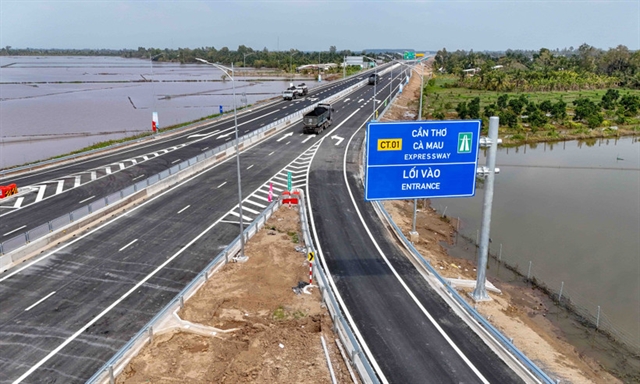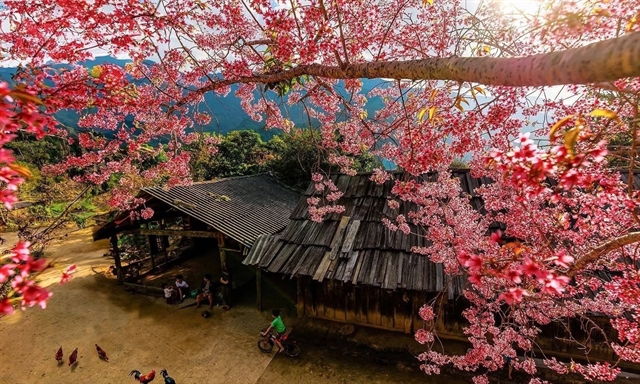 Travel
Travel


|
| Tourists depart from the foot of Nhìu Cồ San Mountain, Sàng Ma Sáo Commune, Bát Xát District. – Photo batxat.laocai.gov.vn |
By Lâm Giang
Nestled in the rugged mountains of northern Việt Nam, the ancient Pavie stone road once served as a vital artery, transporting goods, agricultural products and even weapons during the French colonial era. But for nearly a century, this remarkable feat of engineering was all but forgotten, until it was rediscovered, revealing a hidden world of history and natural beauty.
In 1920, the French authorities embarked on an ambitious project, constructing a 100km stone road that stretched from Lào Cai Province to Lai Châu Province, traversing the Nhìu Cồ San mountain range. Over seven years, workers meticulously laid the foundation, carving a path through the rugged terrain, creating a vital link between the northwestern provinces.
Today, only a 17km stretch of the original road remains, weaving its way through lush forests and towering peaks. Yet, this remnant of the past holds a captivating story, one that has captivated local tourism companies and intrepid travellers alike.
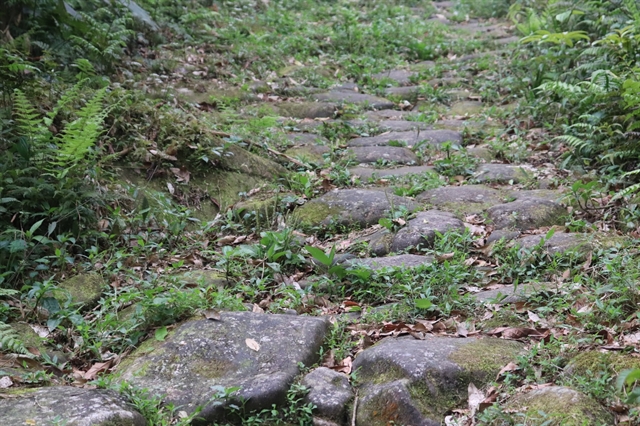
|
| The road is paved with smooth stone. – Photo batxat.laocai.gov.vn |
According to historical documents, French Governor Auguste Jean-Marie Pavie was responsible for surveying and overseeing the construction of this route, which was used to transport food and agricultural products between the northwestern provinces of Việt Nam. Hence, the route is known as the Pavie road.
However, the residents believe their ancestors had previously traversed this path to conquer Nhìu Cồ San Peak and explore the Lai Châu land. The French merely continued to utilise the existing road network established by the Mông people. Even today, the Mông communities in Sàng Ma Sáo (Lào Cai) and Sàng Mà Pho (Lai Châu) maintain strong kinship ties, frequently visiting each other.
The stone path, approximately 3m wide, wound through rugged terrain. Although weathered by time and left abandoned in the forest, many sections remained remarkably intact. As we slowly followed the ancient path, a Mông guide broke the silence, explaining that the road on both sides was still quite wide, but the overgrowth of grass and trees had blocked the passage for most travellers.
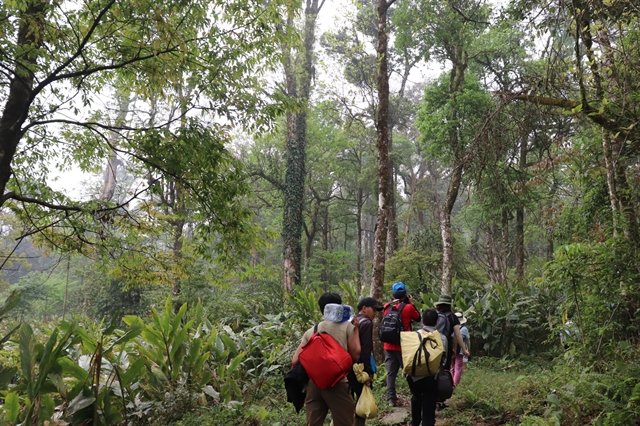
|
| Tourists trek through the cardamom forest. – Photo batxat.laocai.gov.vn |
Nhìu Cồ San Mountain, where the stone road crosses, is one of the largest forested areas in northwest Việt Nam. The flora and fauna here are exceptionally rich and diverse, making it a quintessential representation of the temperate highland ecosystem. The journey along the ancient Pavie road is thus not only a historical exploration but also an immersion in the majestic natural wonders of the region.
The upper canopy of the ancient forests is dominated by chestnut, dổi, sến, and táu trees, whose precise ages are unknown but whose grandeur and antiquity are truly astonishing. Beneath the wet, evergreen forests thrives the ideal habitat for cardamom, a precious medicinal herb.
Continuing our trek along the ancient stone path towards the Lào Cai-Lai Châu border, we encountered a large, crystal-clear stream that seemed to flow straight from the sky. In the small pools, we observed schools of peculiarly-shaped fish, which many believe possess medicinal properties that can treat asthma and rickets in children.
As we reached the summit of the Gió Pass, at an altitude exceeding 2,000m, the natural boundary between Lào Cai and Lai Châu provinces, we found no remnants of the French-built pass gate that once stood there.

|
| The gate to divide the border between Lào Cai and Lai Châu provinces at the Gió Pass. – Photo batxat.laocai.gov.vn |
At the end of the ancient stone road is Sàng Ma Pho, a village of the Mông people in Sin Suối Hồ Commune, Lai Châu Province. It remained largely intact, with a broad, 3m-wide surface paved with large, flat stones, evoking images of leisurely cycling through the forest.
The ancient stone road of Pavie serves as a metaphorical thread, connecting the dreams and realities of the Lào Cai and Lai Châu regions. Today, this historic path has the potential to become a promising tourist route, unlocking the mysterious and unique cultural heritage of the communities that have thrived in the Nhìu Cồ San mountain range for generations. VNS
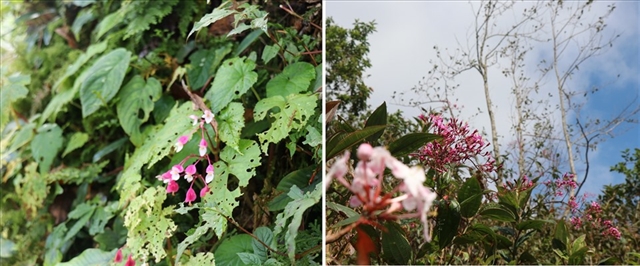
|
| Visitors can see wild flowers along the ancient stone road of Pavie. – Photo batxat.laocai.gov.vn |

